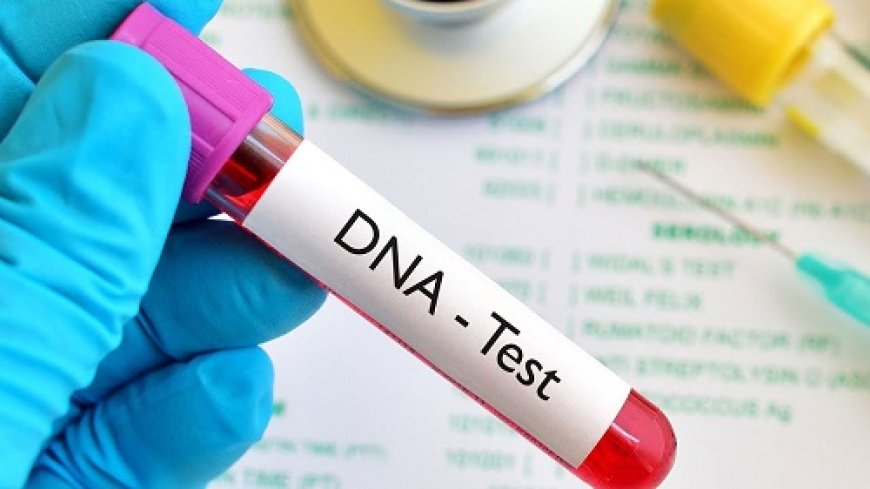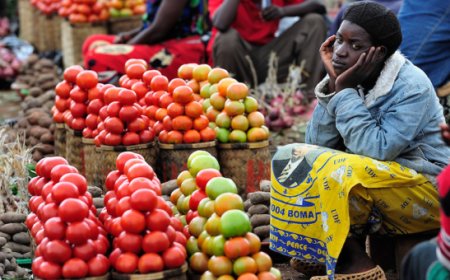Ghana sees rise in birth registration rates
Latest statistical report from Ghana's Births and Deaths Registry, revealing doubtful paternity cases in registered births, regional disparities, rise in birth registration rates, delivery trends, disparities in facility births, age of mothers, gender parity, and more.

The Births and Deaths Registry of Ghana has unveiled startling statistics in its latest report, revealing approximately 0.3% of all registered births in the country are classified as doubtful paternity cases. These cases indicate situations where the identity of the father remains unknown or uncertain.
Regional Disparities Highlighted
The report delves deeper into regional variations, indicating that the Upper East region tops the list with 0.8% of births falling under the doubtful paternity category, closely followed by the Central region at 0.7%. However, contrasting this trend, regions such as Upper West, Bono East, Ashanti, Savannah, Northern, and North East report almost all births with known paternity, accounting for a staggering 99.9%.
Rise in Birth Registration Rates
In a positive development, Ghana has witnessed a surge in birth registration rates, with 92.7% of births documented from January 1 to December 31, 2022. This translates to a total of 677,140 births officially registered within the year.
Regional Variations and Delivery Trends
Ashanti, Greater Accra, and Northern regions recorded the highest shares of registered births, while encouragingly, 91.7% of registered births were delivered by skilled professionals. Upper East, Bono, and Greater Accra regions displayed particularly high instances of deliveries by trained personnel.
Disparities in Facility Births
While 88% of births overall occurred in health facilities, Savannah and Oti regions reported higher rates of out-of-facility births, indicating a need for further analysis and targeted interventions in these areas.
Age of Mothers and Birth Distribution
The report underscores that 87.6% of registered children have mothers between the ages of 20 and 39, with births to teenage mothers constituting 7% of the total. Interestingly, Thursdays emerged as the day with the highest number of registered births.
Gender Parity and Regional Variations
With a national sex ratio of 103 males per 100 females, the Oti Region recorded the highest proportion of male births, while other regions displayed near gender parity.
Informing Policy Decisions
This comprehensive report provides invaluable insights into various aspects of birth registration, serving as a crucial resource for policy formulation and decision-making. The data aims to enhance efficiency and inclusivity in Ghana's birth registration system, fostering informed and targeted interventions for the country's development.
All rights reserved. This material, and other digital content on this website, may not be reproduced, published, broadcast, rewritten or redistributed in whole or in part without prior express written permission from TOP KNOWLEDGE MEDIA.
Contact: toppknowledgemedia@gmail.com
Stay informed and ahead of the curve! Follow The TOP KNOWLEDGE MEDIA on WhatsApp for real-time updates, breaking news, and exclusive content. Don't miss a headline – join now!
Join Top Knowledge Media Channel:
https://whatsapp.com/channel/0029VaEUCpP4NVigCMWy8J22
What's Your Reaction?






































































